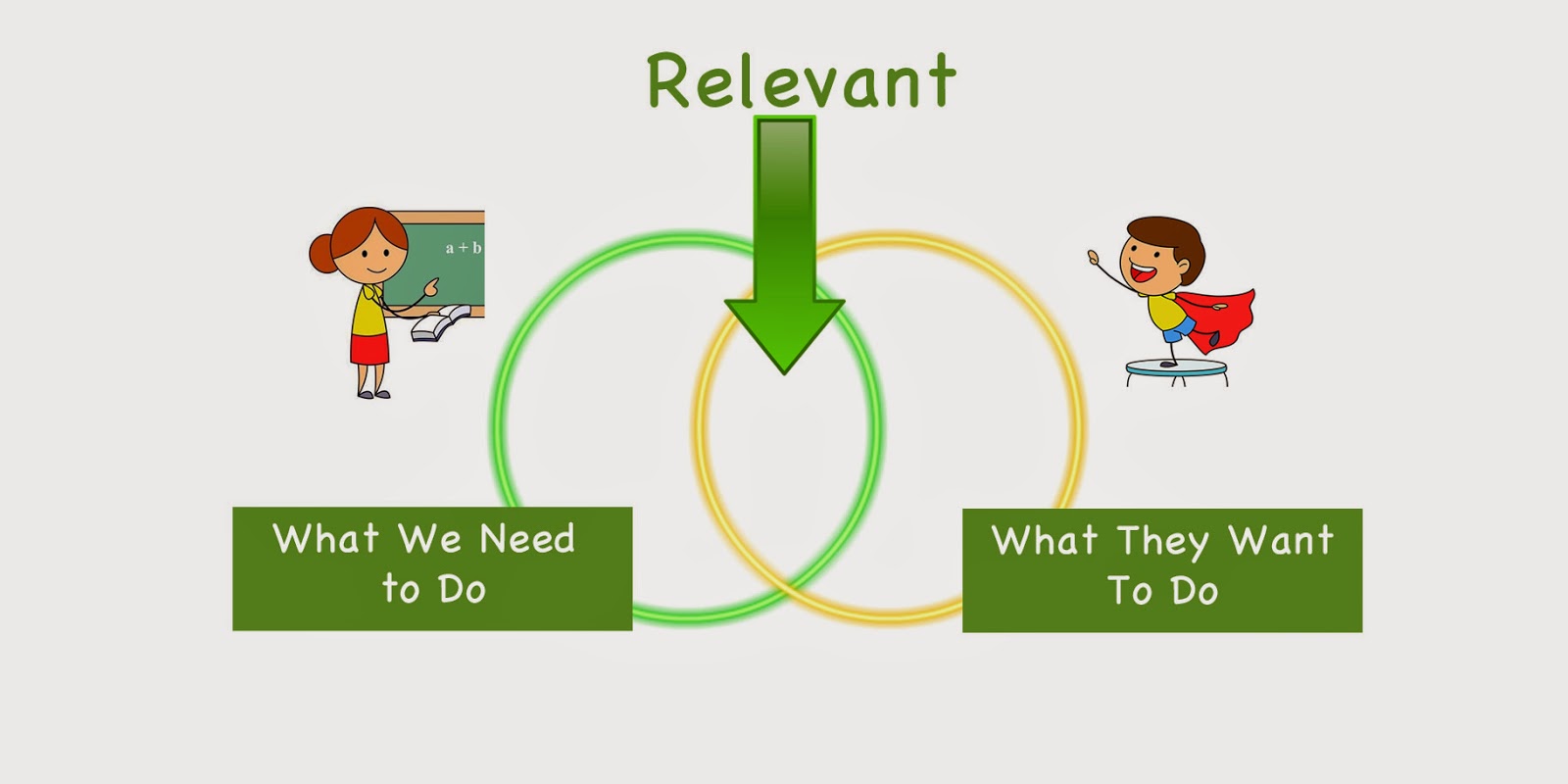
It is that time of year in Carlton, County Minnesota. Teachers are gathering at our multi-district workshop to share their expertise, experiences, and learning for the benefit of the schools, teachers, and students. This year, my presentation is entitled, "Making Learning Relevant" and we are going to explore the different types of student-centered learning.
While creating the site I will use during the presentation (
check it out here), I had the chance to reminisce about some of the past experiences in the classroom and what I have learned from those experiences. It amazes me how the first 5 years of teaching were almost about survival, years 6-10 were about exploring my strengths and weaknesses, and now years 10-14 have been about truly discovering what kind of teacher I truly want to be. I thought I would take this opportunity to share these realizations.
Student centered learning is not just about creating things you think your children will enjoy. When I earned my first masters in teaching and learning, we explored the different types of learners and how to best meet their needs. I was taught that we must design lessons that will meet the needs of all learners. This is a wonderful thought, but what they meant was that I should include different tools and methods of passing information to the student. This somewhat relates to the idea of creating cute and interesting tools for the student, as I did during my undergrad program. This is not student-centered learning to me, as the teacher is still directly in control. Student-centered learning is best completed when the student controls the learning process by asking questions, researching, and sharing their learning.
Effective classroom management does not happen when you control students. This is what it meant for me in the beginning of my teaching career. Now, with the integration of student-centered learning, it means that I will create an atmosphere that promotes learning and permits little time for behavior issues. Sure, there are still moments where a five year old will display genuine kindergarten behavior: feeling angry, yelling, or crying. This doesn't require control by the teacher, but understanding of the development of a child. I really wish I had taken more psych classes in college, it would have saved me a few years of learning the hard way!
Student-centered learning has strong ties to the wonderful world of play. When a student has some open 'playtime' in school, some would look at this as a chance for the child to relax or even goof around for an hour. I would then say that they haven't truly observed what a child does during their free exploration time. Watching a child persevere while trying to build the tallest block tower they have ever seen, I see that they are problem solving, using math and science, and usually communicating and sharing with others. This is exactly how I would describe many of the inquiry and project based learning projects we have completed. When children play, they are exhibiting student-centered learning in its' purest form. The teacher need only provide materials, observe for more teachable moments, and stand back to watch the learning happen.
Not all screen time is created equal. We use technology in our classroom quite often, as it is a great tool for researching, practicing, and presenting our learning. It is not used as a device of control (if you don't finish your work, you can't use your iPad), a baby-sitter (sit and watch this video for fifteen minutes), or busy-work. When we complete research on animals that cannot be found in our own environment, the iPad becomes a lens in which to observe the rarely seen. When we want to create something that can be sent across the world to be viewed by other kindergarten learners, we can simply press a button and communicate with others. Students work together to problem solve, communicate, create, and collaborate on their iPads, which is much more valuable than your typical screen time.
One of the most valuable things we can learn is that we don't have to be right and it is okay to make mistakes. It amazes me each year how long it can take a child to accept that they will make mistakes and not always be first. Then I realize, there are times where my own pride gets in the way of my own learning, and I supposedly learned this years ago. Realizing we aren't perfect and that there will always be someone who can do something better is sometimes hard to accept. In order for student-centered learning to be effective, we have to deflate our own egos and admit our mistakes.
I have learned a lot during my fourteen years of teaching. I look forward to years 15-20 and can only imagine the teacher I will be upon the end of another phase in my career. Until then, here is to learning from our mistakes and moving forward!







